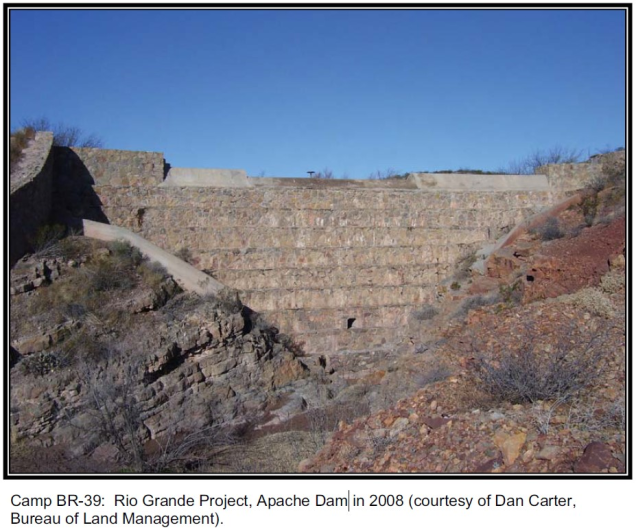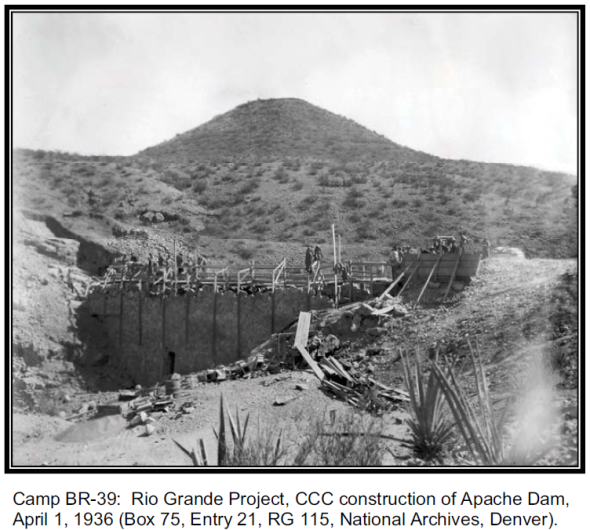Related Stories
- State of New Mexico officials honor BLM firefighters for Camp Fire response
- Oklahoma Field Office staff teach Petroleum Engineer Technician course
- Carlsbad Field Office celebrates 100 years of potash
- Wild Rivers Backcountry Byway repairs
- The Great American Outdoors Act: Five years of transforming public lands
Office
1800 Marquess Street
Las Cruces, NM 88005-3371
United States
Phone:
Email:


